We have prepared and scheduled two more free webinars for the beginning of this new year. In January, we will have another introduction to CAESES® which addresses new users of CAESES® and CAESES® Free. Our second webinar will focus on…
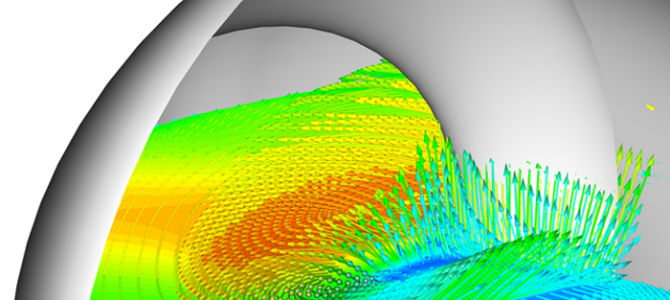

We have prepared and scheduled two more free webinars for the beginning of this new year. In January, we will have another introduction to CAESES® which addresses new users of CAESES® and CAESES® Free. Our second webinar will focus on…
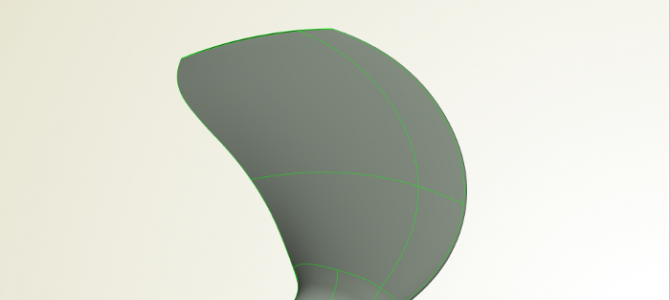
Some time ago, Caterpillar Propulsion introduced CAESES® for the design of propeller blades. When we started on a project basis, the overall idea was to implement CAESES® as some sort of workbench that integrates and controls all the participating meshing…
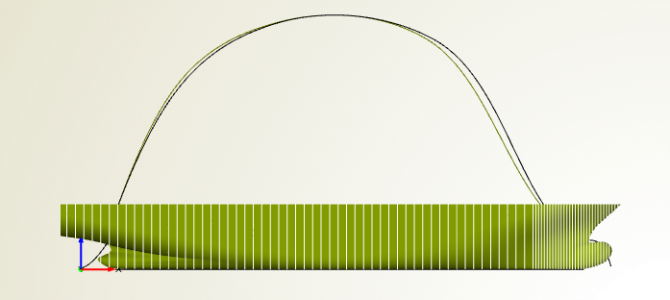
Most of our maritime CAESES® users probably know about this shift transformation for optimization of ship hulls: the Generalized Lackenby. It has been part of CAESES® for many years now, and it helps naval architects to modify an existing (e.g.…
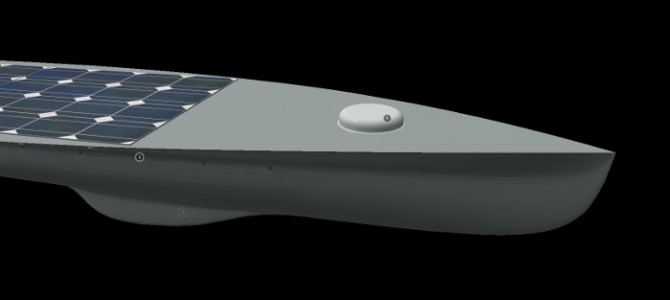
Here is a nice little project of a German engineering team where CAESES® has been involved recently, for the purpose of shape optimization: aXatlantic. This project is about building an ocean going drone, even aiming for a world record for…
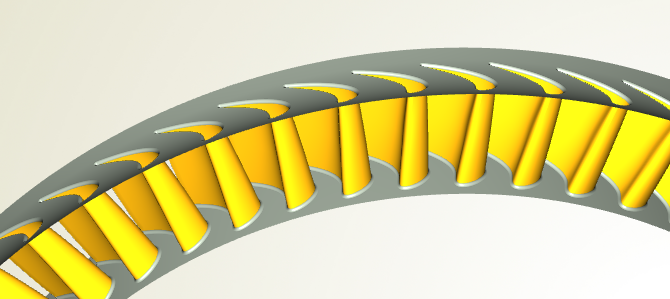
In May 2015, we’ve started an exciting customization project together with SIEMENS, in the context of large gas turbines. Meanwhile, CAESES® has become a design tool at SIEMENS for the parametric design and optimization of turbine blades and endwall contouring…
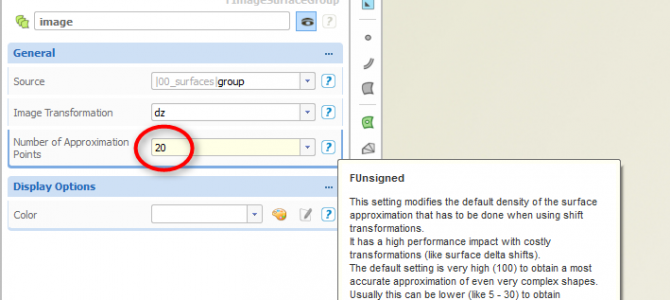
Recently, one of our customers reported a serious issue with the import of large IGES files (~6000 surface patches) in CAESES®. The import was quite slow, and a subsequent shift transformation for optimization purposes almost impossible. After a quick debugging…
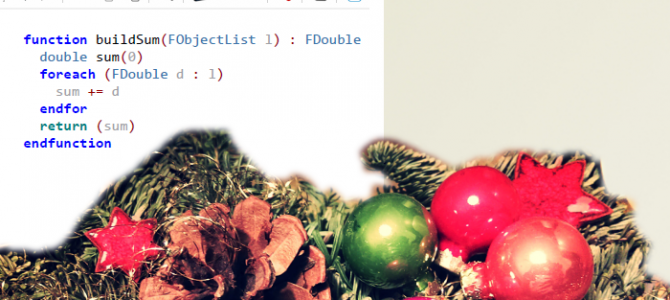
In his latest blog post, one of our developers has just revealed an amazing little Christmas gift for all our CAESES® users: A summary of “Effective Feature Programming”. It’s a great read for improving your Feature Definitions in CAESES®, while…
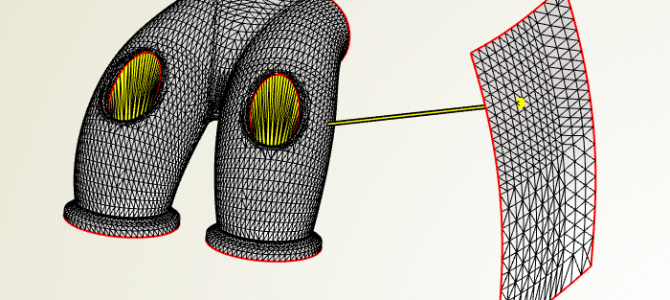
Some of our customers use CAESES® for shape optimization of existing geometries, we sometimes refer to it as a partially parametric approach. Typically, a geometry gets imported into CAESES®, using one of the various STL formats. The geometry is then…
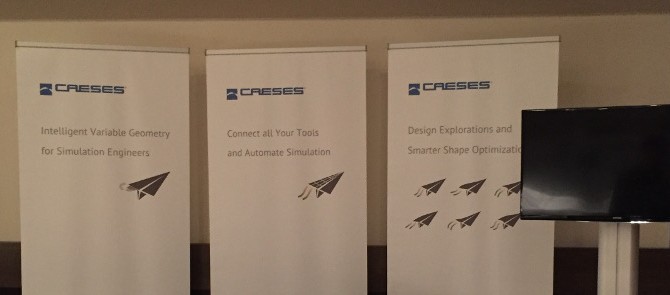
FRIENDSHIP SYSTEMS would like to say thank you to all the people that came to our booth, we really enjoyed the interesting conversations. It was a pleasure to talk about the latest trends and share experience with regards to various…
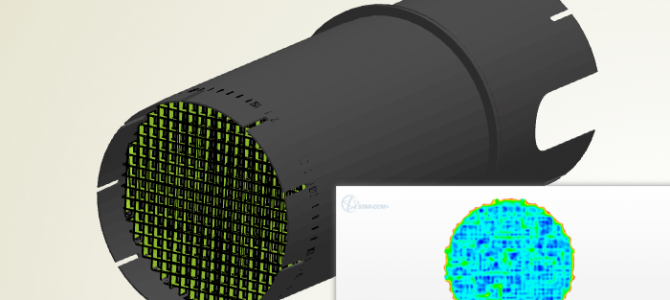
FRIENDSHIP SYSTEMS regularly watches out for interesting design challenges on which to check CAESES® for bugs and missing functionality. Last week one of our IT guys stumbled across an interesting device to improve emissions as introduced by VW. After watching…